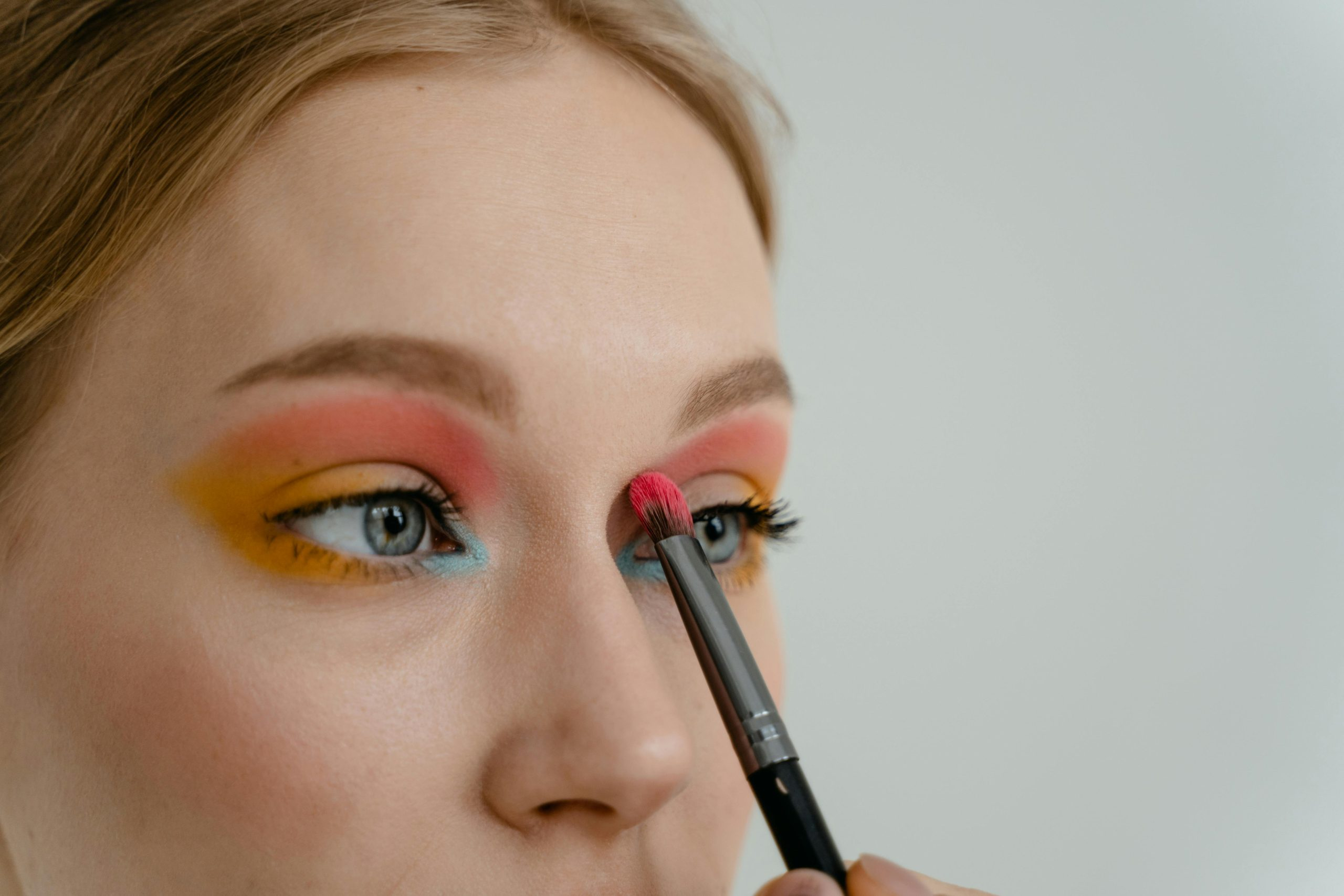Makeup Testing Goes Digital: AR in the Beauty Industry
The beauty industry is constantly evolving, and one of the most significant developments in recent years is the use of augmented reality (AR) in makeup testing. Traditional makeup testing involves physically trying on products, which can be time-consuming and messy. With the increasing popularity of digital platforms, many beauty brands are now turning to AR to revolutionize the way consumers try and purchase makeup products. In this article, we’ll explore the rise of AR in the beauty industry and how it is changing the way we experience makeup testing.
The Rise of AR in Makeup Testing
Augmented reality technology overlays virtual images onto the real-world environment, providing users with a simulated experience. In the beauty industry, AR has been embraced as a game-changer for makeup testing. With the help of AR, consumers can virtually try on makeup products and see how they look before making a purchase. This technology has not only streamlined the makeup testing process but also created an engaging and interactive experience for consumers.
Enhancing the Online Shopping Experience
The rise of e-commerce has significantly changed the way consumers shop for beauty products. However, the major challenge with online shopping is the inability to physically try on products. AR technology has now made it possible for consumers to try on makeup virtually, even when shopping online. By using their smartphone cameras or webcams, consumers can see how different shades and products look on their own face, making the online shopping experience more engaging and convenient.
Bridging the Gap between In-store and Online Shopping
With the increasing popularity of online shopping, many brick and mortar retailers in the beauty industry have faced challenges in competing with e-commerce giants. However, AR technology has created a bridge between in-store and online shopping. Retailers can now use AR mirrors or kiosks in-store, allowing customers to try on makeup virtually before making a purchase. This not only enhances the in-store shopping experience but also encourages customers to make a purchase in-store rather than online.
The Benefits of AR in Makeup Testing
The use of AR in makeup testing has numerous benefits for both consumers and beauty brands. Some of the major advantages include:
Convenience and Time-saving
One of the biggest benefits of AR in makeup testing is convenience. Consumers can try on different makeup products from the comfort of their homes, eliminating the need to physically visit a store. This technology also saves time as consumers can quickly try on multiple products and shades with just a few clicks.
More Accurate and Realistic Results
Traditional makeup testing involves applying products on the back of the hand or wrist, which may not provide an accurate representation of how the product will look on the face. With AR, consumers can see how the product will look on their own face, providing them with a more realistic and accurate result. This reduces the chances of purchasing a product that doesn’t match their expectations.
Improved Engagement and Personalization
The use of AR technology creates an engaging and personalized experience for consumers. Brands can now offer virtual makeup tutorials and personalized product recommendations based on the customer’s features and skin tone. This not only enhances the customer’s experience but also increases brand loyalty.
The Future of AR in the Beauty Industry
The use of AR in makeup testing is still in its early stages, but its potential for growth and innovation is immense. We can expect to see more beauty brands incorporating AR technology into their marketing and sales strategies. With advancements in technology, we may also see a more seamless integration of AR into physical stores, making the in-store shopping experience even more interactive and convenient.
The Ethical Concerns
While AR in makeup testing offers numerous benefits, there are also some ethical concerns to consider. For example, critics argue that the use of AR technology in the beauty industry perpetuates an unrealistic beauty standard and can lead to consumers feeling dissatisfied with their natural appearance. It is essential for beauty brands to use AR responsibly and promote diversity and inclusivity.
In Conclusion
AR technology has undoubtedly become a game-changer in the beauty industry, particularly in makeup testing. It has not only enhanced the shopping experience but also provided brands with an opportunity to engage with their customers in a more personalized and interactive way. As technology continues to evolve, we can expect to see more innovative uses of AR in the beauty industry, further revolutionizing the way we experience makeup testing. However, it is crucial for brands to use this technology responsibly and promote diversity and inclusivity in their virtual makeup testing experiences.





